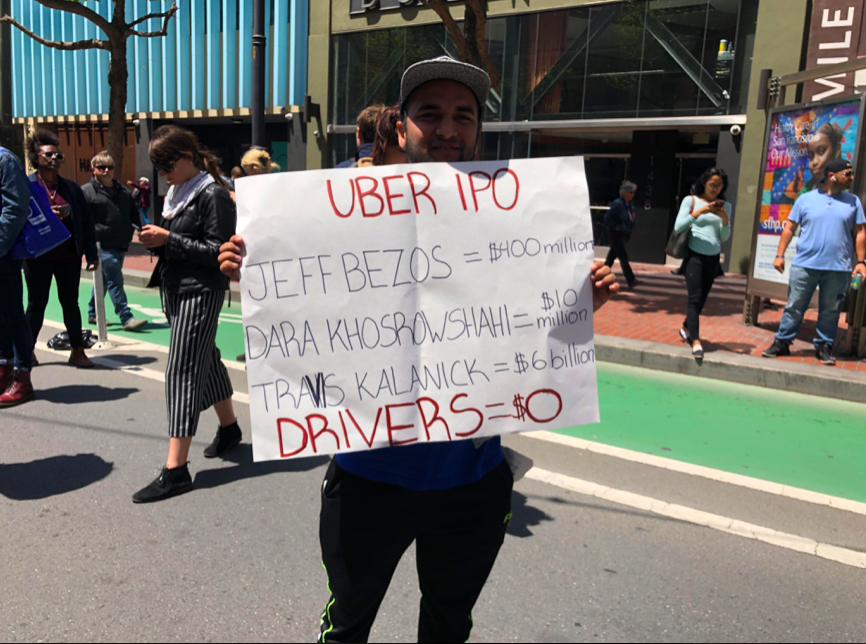San Francisco spent almost $58,000 in the past year reimbursing city employees for rides on Uber and Lyft, public records show.
Records obtained from the Controller’s Office and the Mayor’s Office under the Sunshine Ordinance show public employees took 1,664 rides with the two “transportation network companies.”

Supervisor Aaron Peskin, who heads the county Transporation Authority, said that paying for Uber and Lyft rides is “counter to the policy that has been set by the Board of Supervisors and the TA.”
The TA, he told me, has consistently refused to spend public money on Uber and Lyft.
In the context of a $12 billion city budget, $57,958 isn’t a big number – but it’s a big deal to the beleaguered taxi industry, which was devastated by illegal Uber and Lyft competition while the city looked the other way.
“This is outrageous,” Mark Gruber, a cab driver and member of the Executive Board of the San Francisco Taxi Workers Alliance. “After everything the city has done, you would think they could support their own, local, regulated taxi industry.”
And, of course, Uber in particular has terrible labor problems and is trying to attack public transit.
Typically the city refuses to do business with companies that have bad labor records.
The rides the taxpayers are paying for range from the normal business-travel stuff to the ridiculous.
When mayoral staffer Edward McCaffrey went to the Conference of Mayors in Washington, DC in January, he took an Uber from home to SFO ($32.15), and Uber from Dulles Airport to the hotel ($39.39) and another Uber from the hotel back to Dulles ($46.39).
That’s about the same price those rides would have cost in a normal taxicab.
Then one mayoral staffer took Uber to Gymboree’s office on Stevenson St. and to LinkedIn’s office on Second Street for meetings, at a cost of $30.74. Apparently Muni – which runs regularly down Market Street from City Hall — isn’t good enough for the Mayor’s Office.
The largest department spending came from Public Health, which spend $10,972 on Uber and Lyft. The Human Services Agency spent $7,675. Even the MTA, which runs Muni, spent $2,713.
Sup. Shamann Walton, who has been pushing for better regulations on Uber and Lyft, told me that it’s still hard to get a cab in the Southeast part of the city, which is also badly served by Muni.
“So everyone’s situation is different,” he said. “But I would hope and encourage all of us to use public transit as much as possible.”


